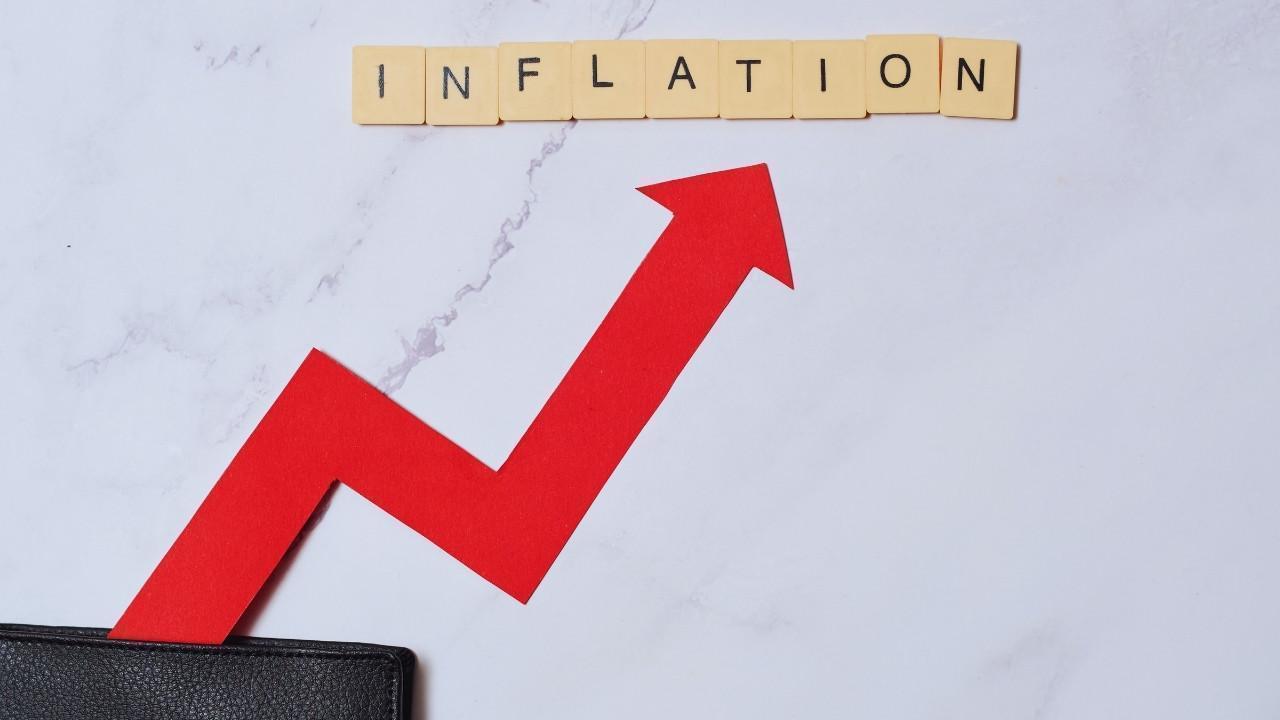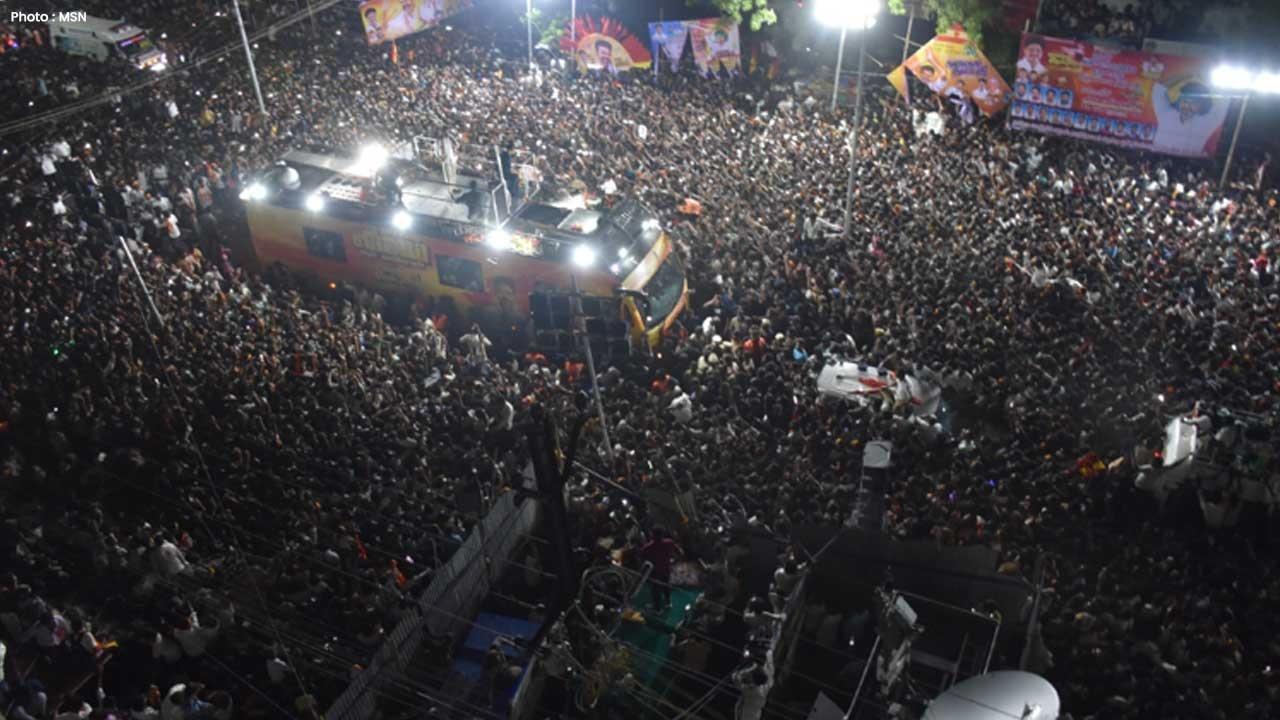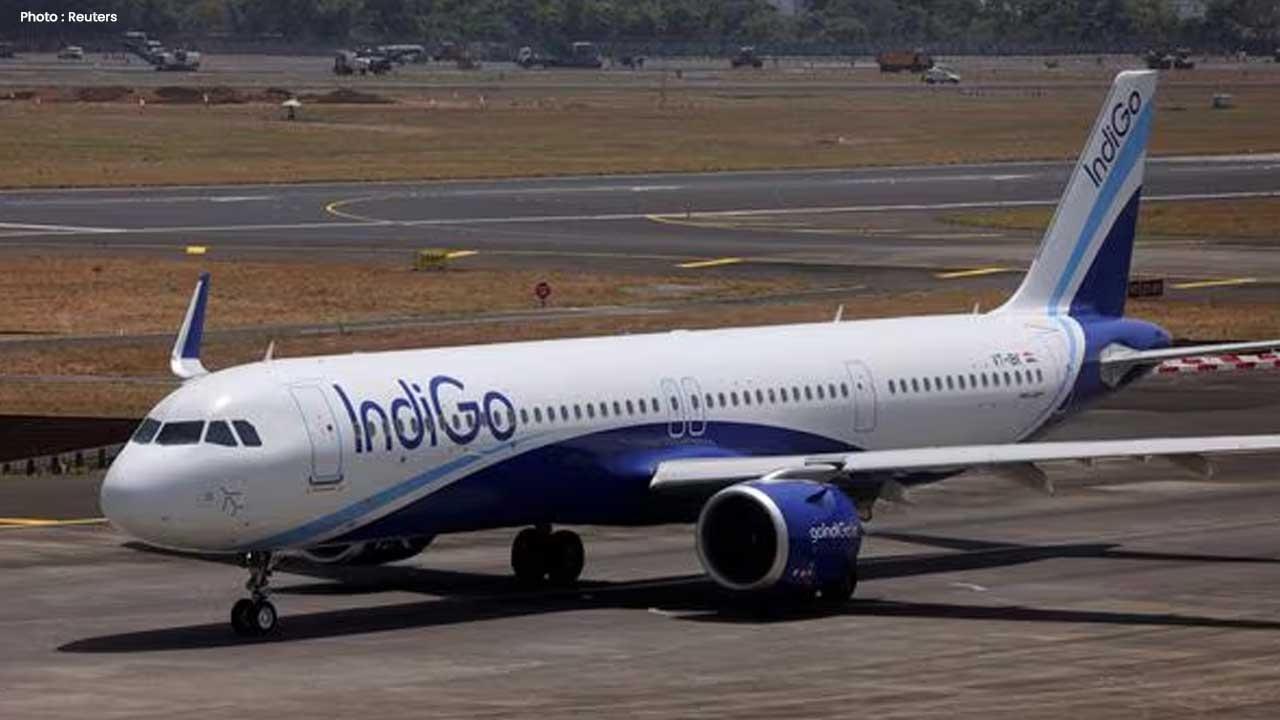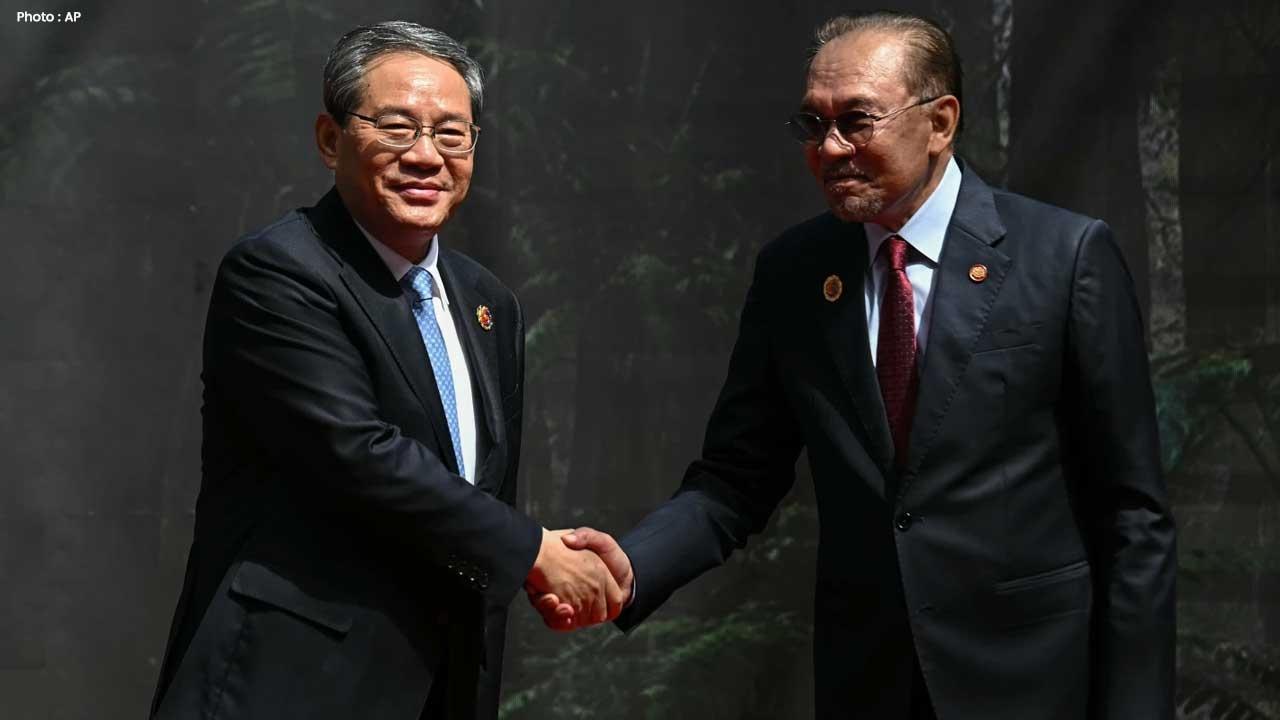
Join 10k+ people to get notified about new posts, news and tips.
Do not worry we don't spam!

Post by : Anis Farhan
When global headlines reported that food and fuel prices had risen again this September and October, the story was presented as a mild economic fluctuation — an unfortunate but temporary consequence of market forces. Yet beneath the surface, this surge represents something far more concerning. It is not just about costlier groceries or pricier fuel; it’s a reflection of systemic vulnerabilities shaping the next phase of the global economy.
Around the world, households are struggling to stretch their budgets. From middle-class families in Europe facing soaring utility bills to developing nations in Asia grappling with volatile fuel imports, the pattern is clear: inflation is not easing — it is evolving. The September–October period has brought back fears of a sustained inflationary cycle, one that could alter global consumption patterns and deepen inequalities.
The current wave of inflation is not an isolated phenomenon. Global food and fuel prices have risen sharply due to a combination of factors: weather disruptions, ongoing conflicts, supply chain bottlenecks, and a tightening energy market.
In many regions, erratic monsoon patterns and extended droughts have damaged agricultural productivity, pushing up the cost of grains, pulses, and cooking oils. At the same time, fuel prices have soared due to supply constraints, geopolitical tensions, and production cuts by major oil-exporting nations.
These twin pressures — food and fuel — are feeding into each other, creating a feedback loop that amplifies inflation. Transport costs rise as fuel becomes costlier, which in turn raises the cost of food distribution. The end result is a global economic strain that hits consumers hardest at the retail level.
Geopolitics continues to play a defining role in shaping global inflation trends. The lingering effects of the Russia–Ukraine conflict, tensions in the Middle East, and trade frictions in Asia have all contributed to supply instability.
Oil markets, once predictable, have turned volatile. Recent production cuts announced by OPEC+ nations in early October triggered an immediate surge in crude prices. This ripple effect spread quickly, impacting fuel costs worldwide — from gas stations in the United States to public transport systems in India.
Meanwhile, grain exports from Eastern Europe remain constrained, affecting the global food supply. Countries dependent on imports, particularly in Africa and Southeast Asia, have felt the pinch most severely. The geopolitical landscape has turned the world’s most essential commodities into bargaining chips in a high-stakes economic game.
Climate change has emerged as a silent but potent driver of inflation. The September–October growing season in the Northern Hemisphere was marked by extreme weather events — floods in South Asia, droughts in Southern Europe, and unexpected frost in parts of North America.
These disruptions have reduced crop yields and led to erratic harvest cycles. Farmers have faced mounting production costs, while governments have struggled to stabilize food supply chains. The result: upward pressure on prices for staples like rice, wheat, and corn.
In some regions, particularly in Southeast Asia, rice prices have reached decade-high levels. Export restrictions by major producers have further constrained availability, leading to fears of food insecurity. The world is learning, once again, that climate volatility is not just an environmental issue — it’s an economic one.
While renewable energy capacity has grown, the global economy remains largely tethered to fossil fuels. The recent surge in fuel prices demonstrates how dependent the world still is on traditional energy sources.
In September and October, global oil prices fluctuated sharply, crossing $90 per barrel at times before easing slightly. The rise was driven by production limits, increased demand post-summer, and disruptions in maritime transport routes. Natural gas prices also spiked, particularly in Europe, due to storage shortages and higher consumption during the early winter season.
These fluctuations have made energy-intensive industries — manufacturing, logistics, and aviation — more expensive to operate. Consumers bear the final burden, facing higher costs for goods, services, and mobility.
For ordinary citizens, inflation isn’t a graph or an index — it’s the daily struggle to make ends meet. In urban areas, households are cutting back on discretionary spending, while in rural economies, families are prioritizing essential goods over long-term savings.
Fuel price hikes have made commuting costlier, and higher food prices are forcing families to adjust diets and reduce nutritional diversity. Even in wealthier nations, energy bills are straining household budgets.
What’s especially concerning is the uneven impact of inflation. Lower-income families, who already spend a larger portion of their earnings on food and transport, are disproportionately affected. As wages lag behind rising costs, purchasing power continues to erode.
Policymakers face an unenviable challenge. Raising interest rates to control inflation risks slowing economic growth, while maintaining lower rates can further fuel price surges. Central banks in major economies — from the Federal Reserve to the European Central Bank — are walking a tightrope.
In September and October, several nations adopted mixed approaches. Some opted for gradual rate hikes, while others focused on targeted fiscal support to vulnerable households. However, these measures can only do so much when inflation is driven by supply-side constraints rather than consumer demand.
The real solution may lie in structural reform — diversifying energy sources, investing in climate-resilient agriculture, and reducing dependency on volatile import markets.
Emerging economies have been hit the hardest. Many are facing a “double squeeze” — higher import bills due to stronger currencies in developed markets and reduced access to affordable fuel and food supplies.
In countries like Bangladesh, Indonesia, and Nigeria, fuel subsidies are becoming financially unsustainable. Meanwhile, inflation is eroding the value of local currencies, making imports even costlier. The ripple effect extends to businesses, which are cutting jobs or freezing wages to cope with rising operational costs.
Global organizations, including the World Bank and IMF, have warned that persistent inflation could push millions back into poverty. The challenge is not just stabilizing prices but ensuring equitable access to essentials in a fragmented global economy.
Corporations are responding to the inflation wave with a mix of innovation and caution. Many companies have shifted toward local sourcing to reduce exposure to volatile global supply chains. Others are leveraging technology — such as AI-driven demand forecasting — to optimize inventory and minimize waste.
However, price pressures have forced businesses to pass on costs to consumers, contributing to the inflationary spiral. Analysts predict that unless supply chains stabilize, profit margins will continue to shrink even in high-performing sectors like technology and retail.
Interestingly, some markets have found opportunity amid the crisis. Renewable energy investments, for example, have accelerated as countries seek to reduce dependence on fossil fuels. Similarly, local agriculture initiatives are gaining support as communities rediscover the importance of self-sufficiency.
Inflation is not only an economic issue but also a political one. Across the world, rising prices are fueling public frustration and political instability. Protests have erupted in several countries over fuel price hikes and subsidy cuts.
Governments are under increasing pressure to deliver quick relief, often resorting to temporary solutions such as fuel tax reductions or food distribution schemes. While these measures may ease public anger, they rarely address the structural issues driving inflation.
In democracies facing elections in the coming months, inflation is shaping campaign narratives. Voters are demanding accountability and tangible action to combat the rising cost of living.
If there’s one takeaway from the September–October inflation spike, it’s that the world needs a more sustainable and resilient economic model. Diversification of energy sources, investment in local agriculture, and climate-conscious policies are no longer optional — they’re essential.
Technology will play a key role in managing future crises, but it must be paired with equitable policies that protect the vulnerable. Inflation, in its current form, is a symptom of deeper systemic imbalance — between consumption and production, dependence and resilience, growth and sustainability.
The months of September and October 2025 will be remembered not just for their price surges but for exposing the fragility of global interdependence. What the world does next will determine whether this inflationary phase becomes a short-term challenge or a long-term crisis.
This article is based on available economic data and global reports from September and October 2025. It is intended for informational purposes only and does not constitute financial advice. All analyses reflect general trends and should not be interpreted as definitive economic forecasts.










Shreyas Iyer in Sydney ICU after Rib Trauma Sustained Taking Catch
India vice-captain Shreyas Iyer is under ICU care in Sydney following internal bleeding from a rib i

NBA Recap: Miami Dominates, Lakers Shine, and Bucks Secure Victory
Friday's NBA highlights: Miami, Lakers, Bucks, and Clippers take wins, showcasing standout performan

Luka Doncic Shines with 49 Points in Lakers' 128-110 Victory Over Timberwolves
Luka Doncic impresses with 49 points, while Lakers secure a 128-110 win against Timberwolves, showca

Kings Rally Past Jazz 105-104 with Clutch Sabonis Finish
In a nail-biter, Domantas Sabonis' late shot lifts the Kings over the Jazz 105-104 in their home deb

Friendly Match Between Argentina and India Delayed, New Date Awaited
The friendly match between Argentina and India has been postponed following FIFA's approval delays;

Rohit and Kohli Conclude ODI Careers in Australia with Victory
Rohit Sharma and Virat Kohli wrap up their ODI careers in Australia, scoring an unbeaten 168-run par